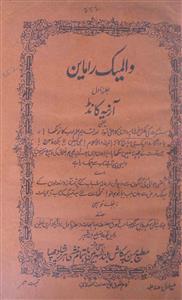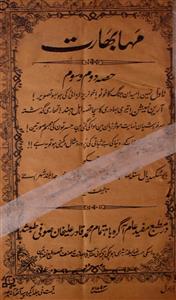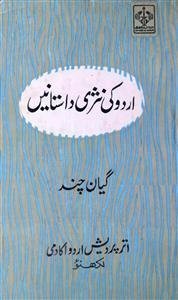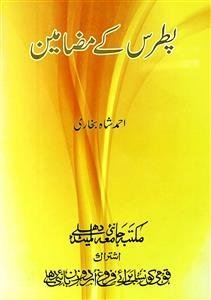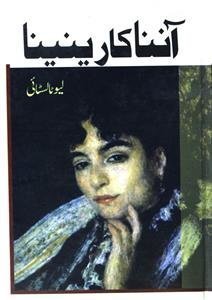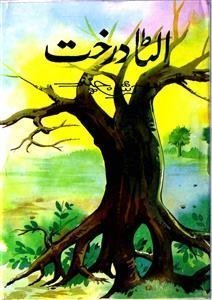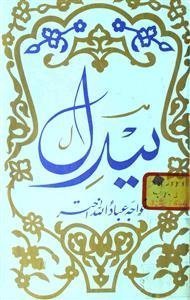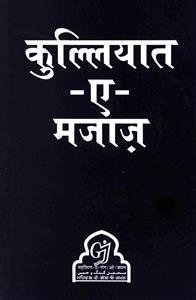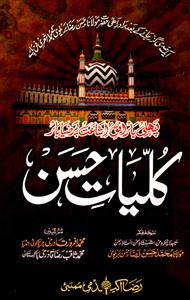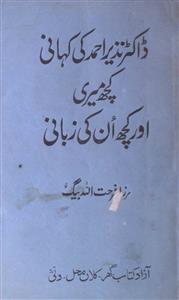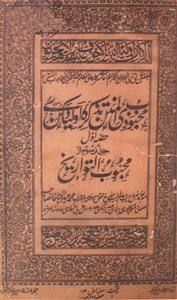 For any query/comment related to this ebook, please contact us at haidar.ali@rekhta.org
For any query/comment related to this ebook, please contact us at haidar.ali@rekhta.org
About The Book
the ramayana consists of seven kandas (chapters), and one of these is the aranya kanda, which begins after lord rama's exile. this kanda narrates significant events such as the abduction of sita, rama's confrontation with surpanakha, shabari offering prasad to rama, and the appearance of maricha in the form of a golden deer. these events reflect rama's determination, patience, and selflessness. the aranya kanda also provides a detailed account of sita's abduction and the events that followed. in addition to the complete ramayana, various parts of it have been translated into different languages. several translations of this text are available in urdu as well. the urdu translation of this book has been done in the style of a novel by sukhdayal singh shauq, who made an effort to preserve the universality of the ramayana, its style, and its literary qualities. this translation was published in 1902 by the bern prakashan press. it is significant both religiously and literarily, showcasing how a single story or truth can be presented in different ways across languages and how literature from one region or culture connects with the literature of another.
 For any query/comment related to this ebook, please contact us at haidar.ali@rekhta.org
For any query/comment related to this ebook, please contact us at haidar.ali@rekhta.org
Write a Review
Jashn-e-Rekhta 10th Edition | 5-6-7 December Get Tickets Here
